
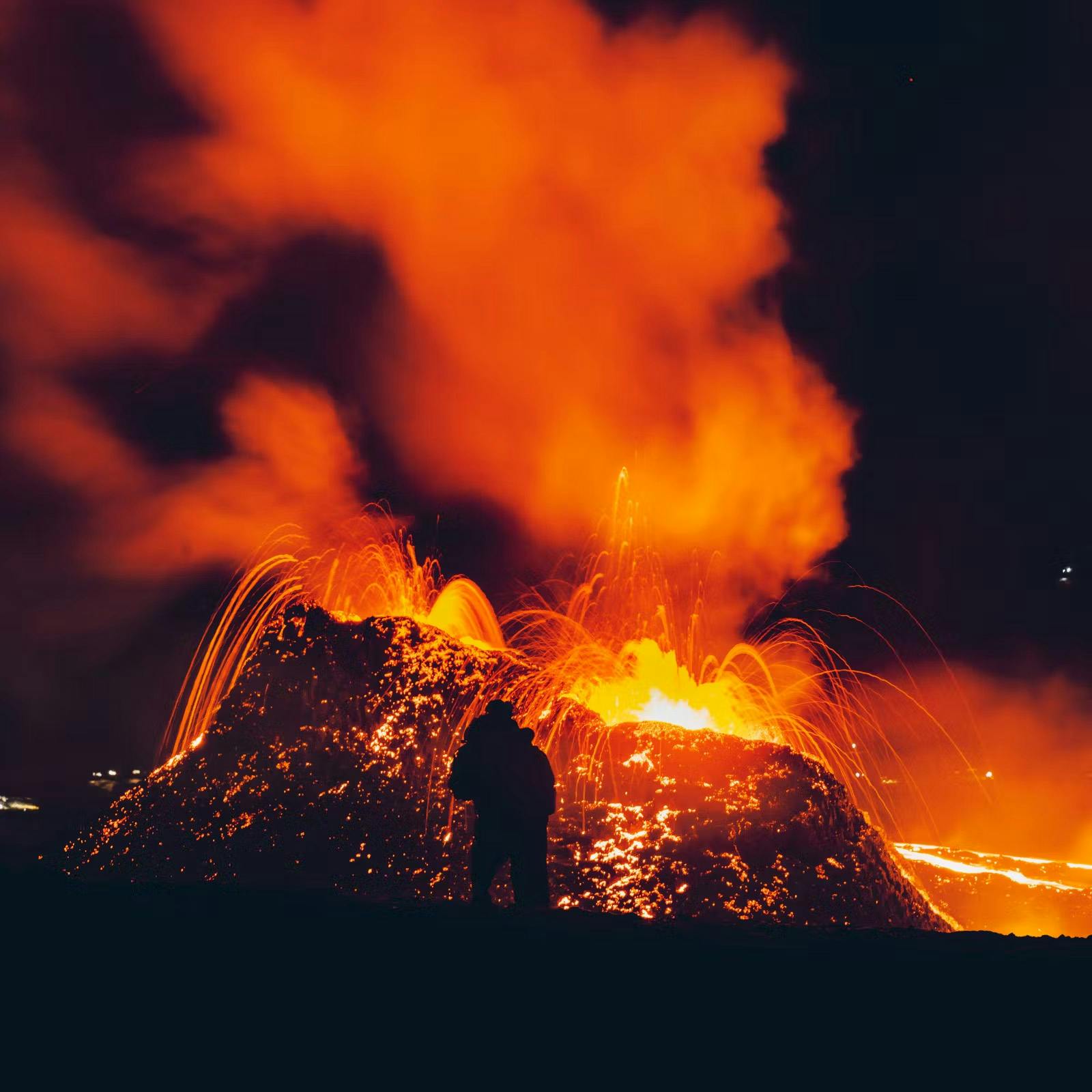
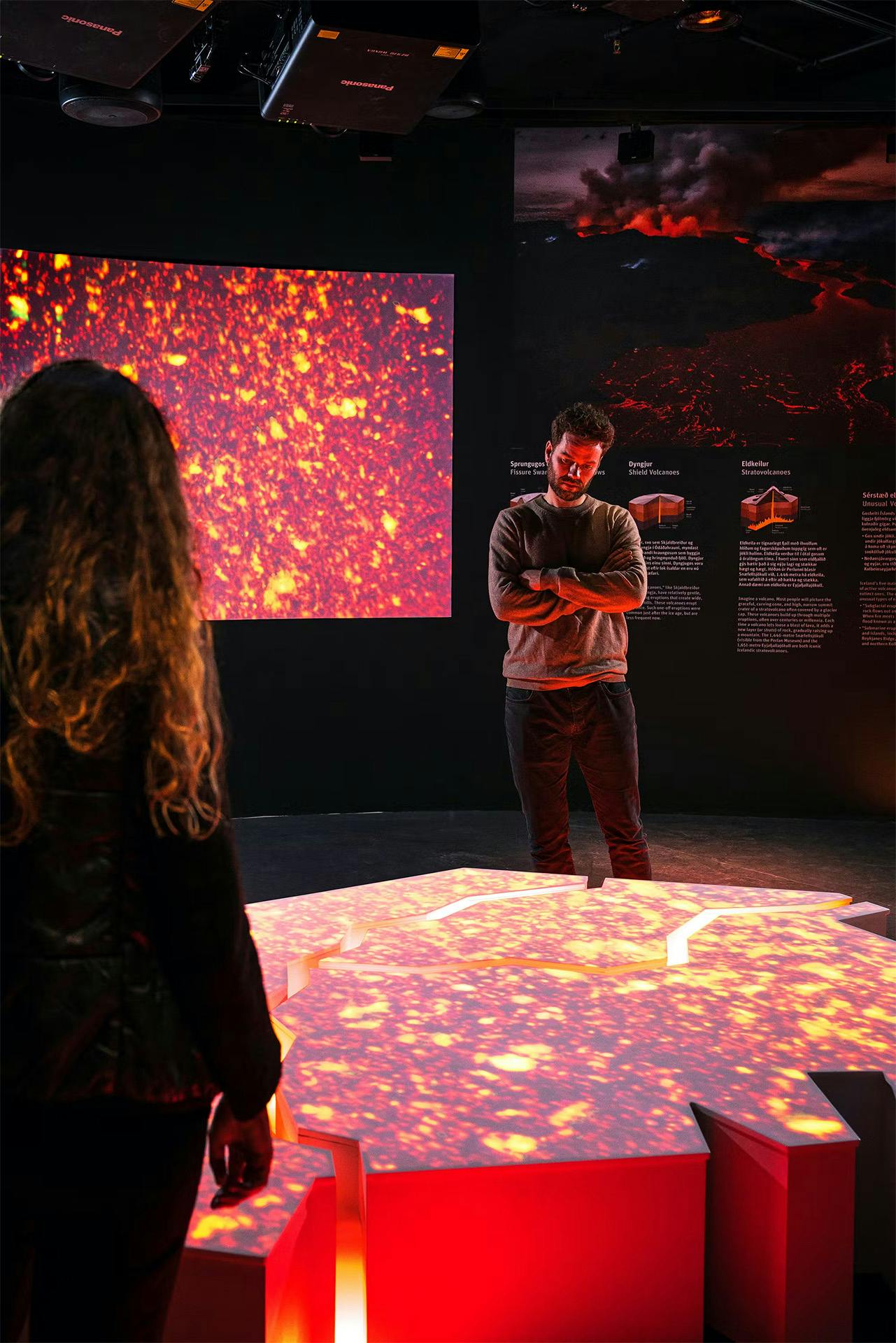
Volcanoes
Volcanoes form when heat and pressure build up beneath the earth's surface. The earth's week points tend to be along fault lines where tectonic plates converge or diverge, as in Iceland's case.
Volcanic activity in Iceland is so diverse that researchers typically speak of “volcanic systems” rather than individual volcanoes. The island has 30 active volcanic systems, each with many types of volcanoes.
In Forces of Nature exhibition, guests will see, hear, and feel the power of volcanoes, earthquakes, and geothermal energy.
Earthquakes
Iceland is located on the Mid-Atlantic Ridge, which is a boundary between the Eurasian and North American tectonic plates. As a result, the country is prone to volcanic activity, earthquakes, and geothermal activity. Earthquakes in Iceland are a fact of life.
Earthquakes send shockwaves both across the surface, and also deep down toward the centre of earth and all the way through. Scientists can use these seismic waves like huge internal scanners to reveal the deep structure of the planet. In fact, most of what we know about Earth's interior comes from information gleaned through seismic activity.
Earthquakes are also important to Iceland's geothermal energy sector. They create cracks and underground spaces where water sinks, absorbs heat, and returns to the surface. When approached the right way, earthquakes can be considered a valuable force of nature.
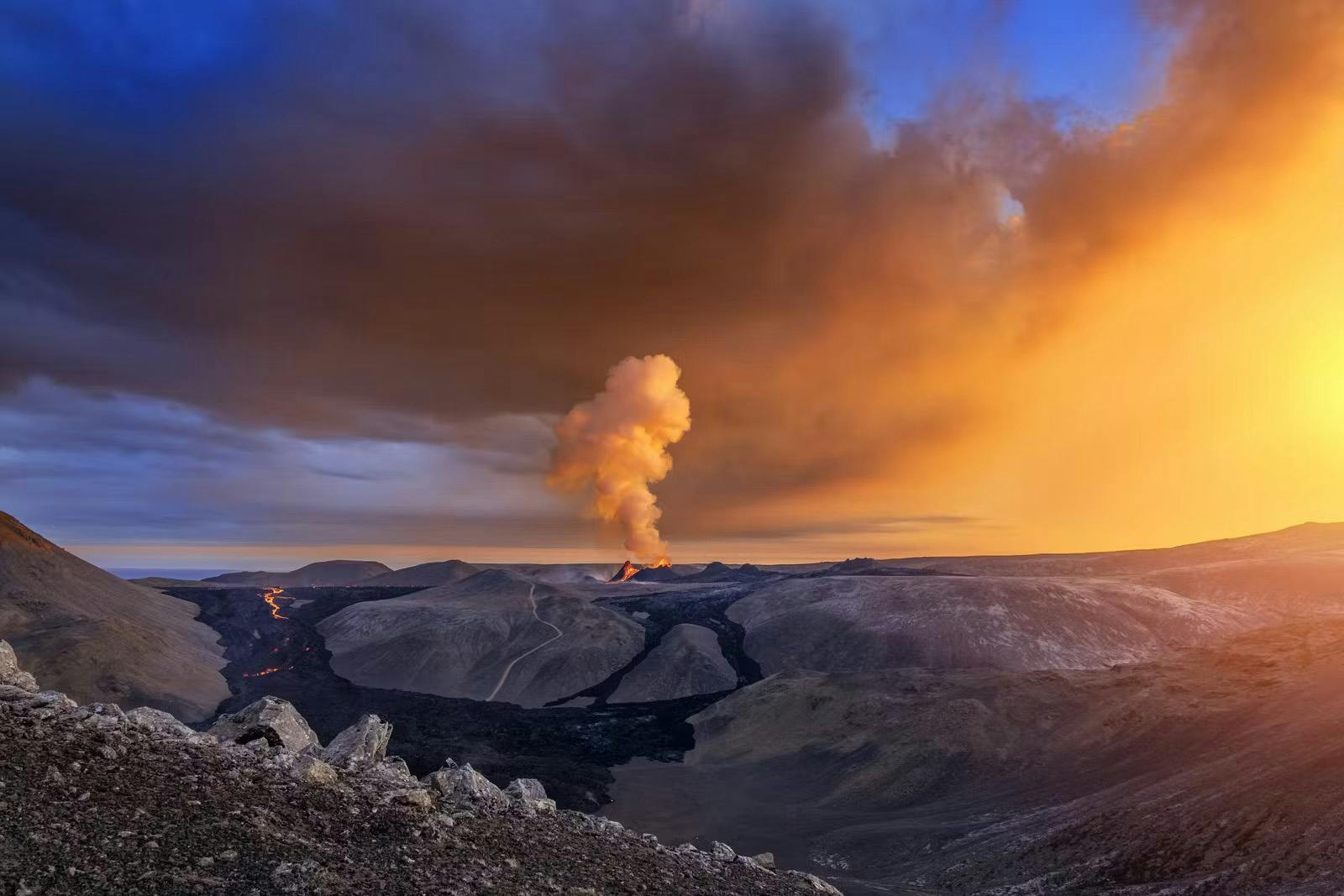
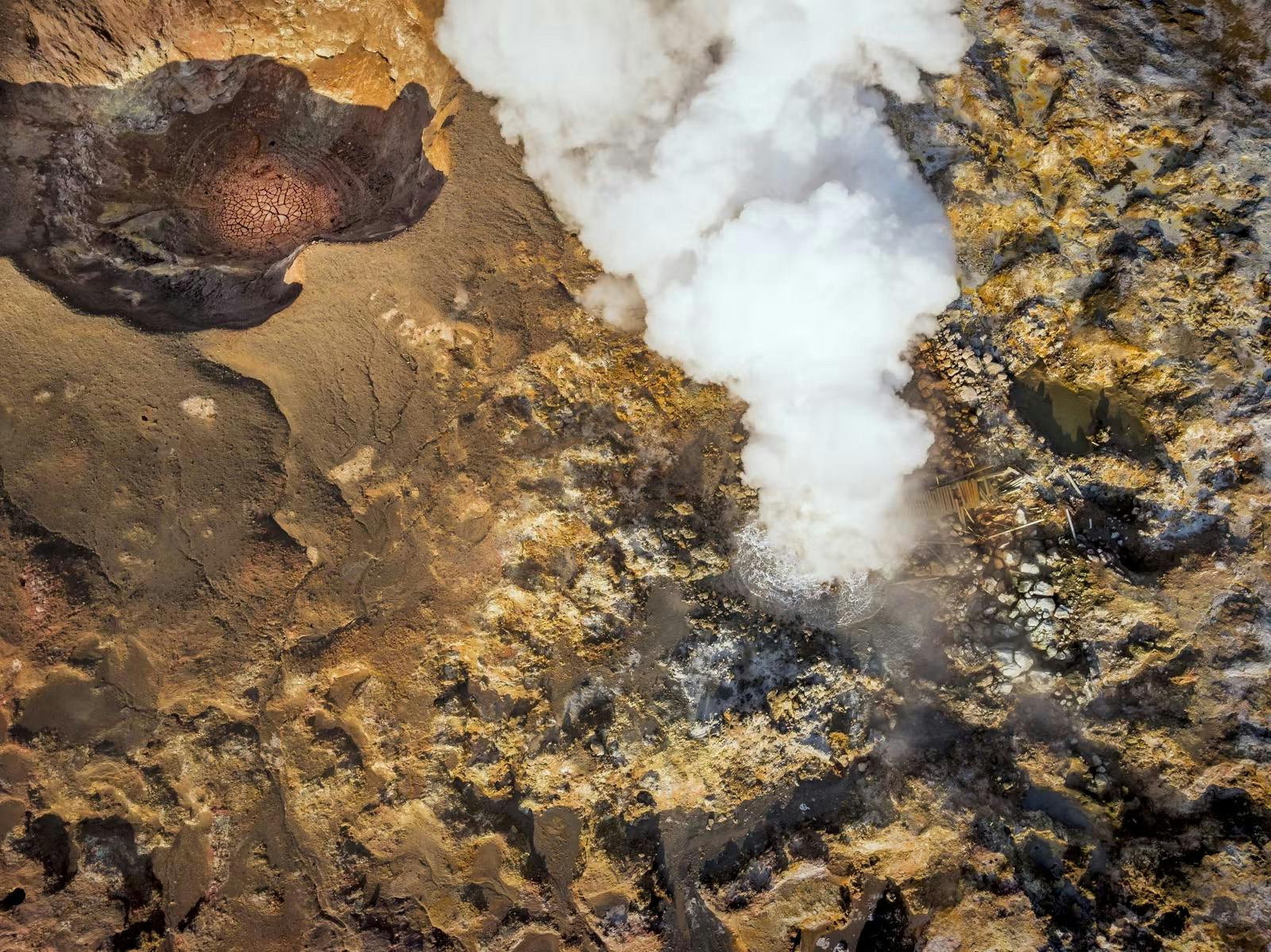
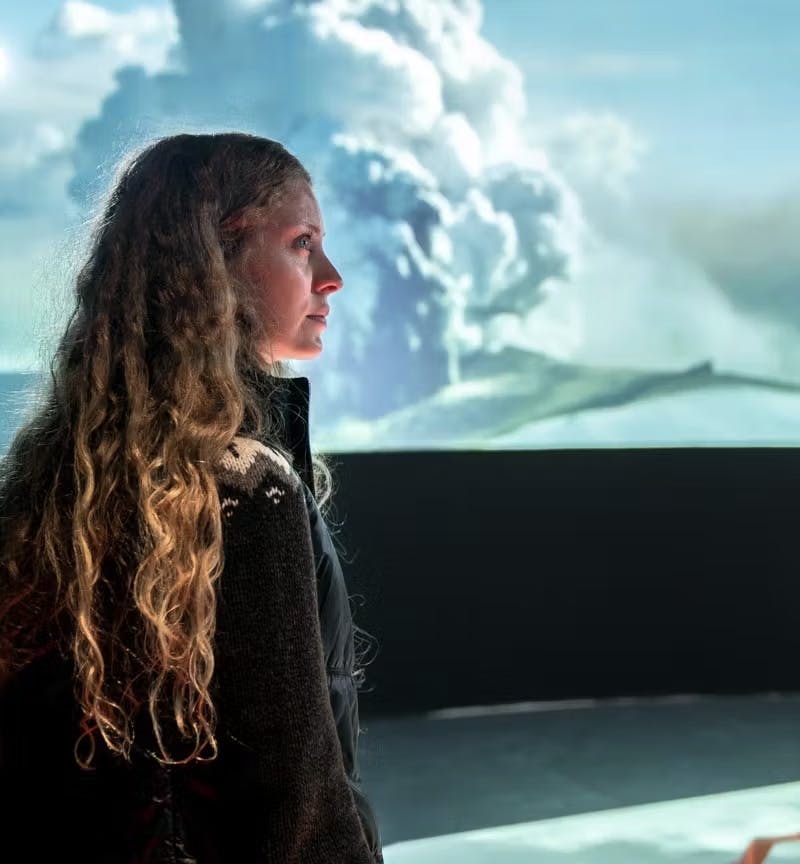
Geothermal energy
Living on a volcanic plume over a rift in the earth's crust affords Icelander's access to clean, inexpensive geothermal energy. Water from glaciers, lakes, and rain soaks into the ground through deep fissures and cracks. It sometimes pools on or near pockets of magma. The water heats up, roiling back to the surface through geysers, boiling mud pits, hot springs, and steam vents. Over 90% of Iceland's buildings are heated using geothermal energy.
The hot water produced by the geothermal plants is distributed through pipelines to the capital, Reykjavik, and other towns, where it is used to heat homes, buildings, and swimming pools.
Perlan sits on top of six massive tanks that historically held Reykjavík’s geothermal reserves. Together, they contained more than 24 million litres of water drawn from deep wells in and near the city.
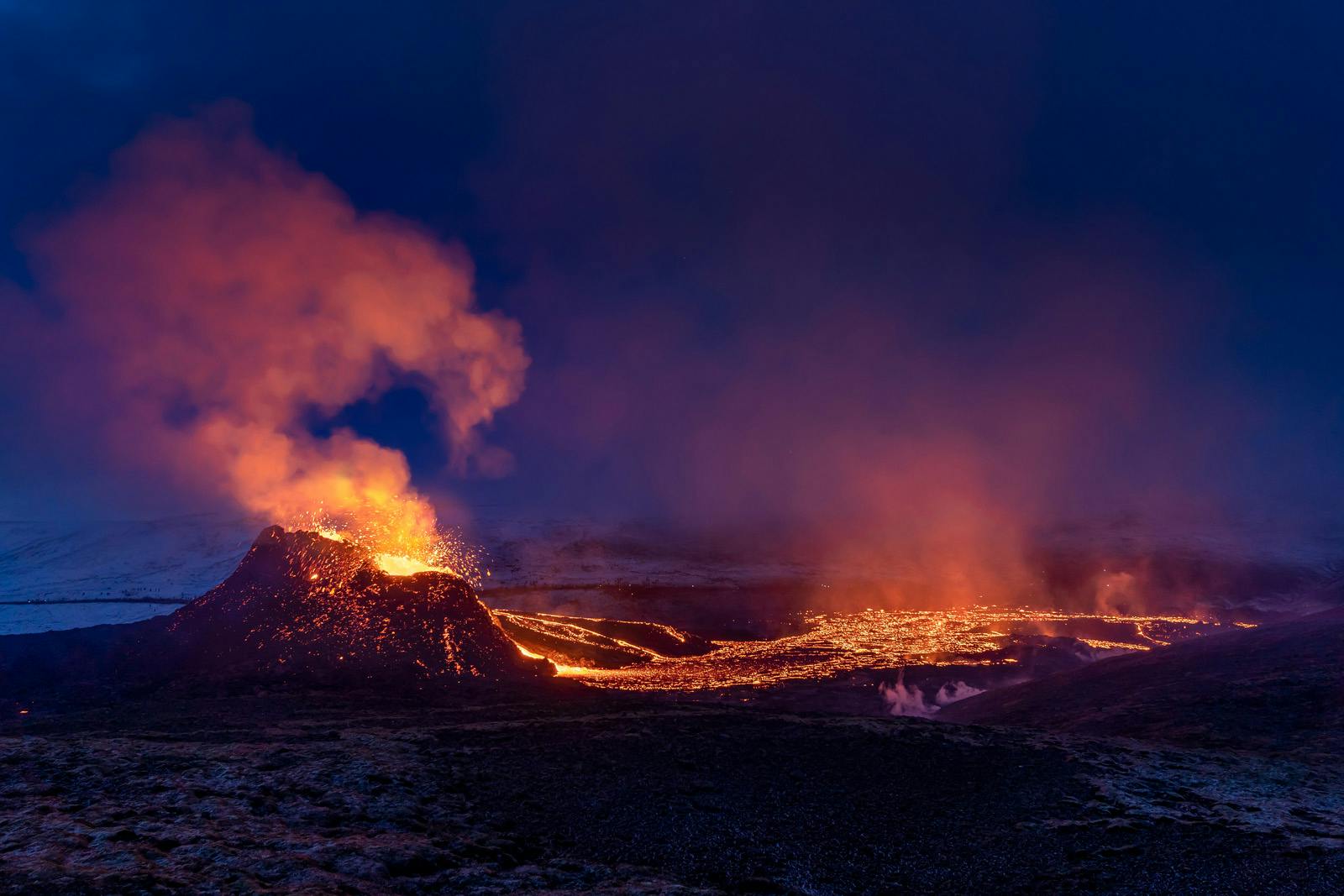
The Ultimate Guide to Volcanoes in Iceland
Volcanoes in Iceland sometimes erupt in dramatic fashion. Find out more about where they are, how they’re formed and how they erupt in our ultimate guide.

The Top 7 Biggest Earthquakes in Iceland
Iceland is located in a tectonically active zone, meaning small tremors are part and parcel of everyday life. See the biggest earthquakes in Iceland.
